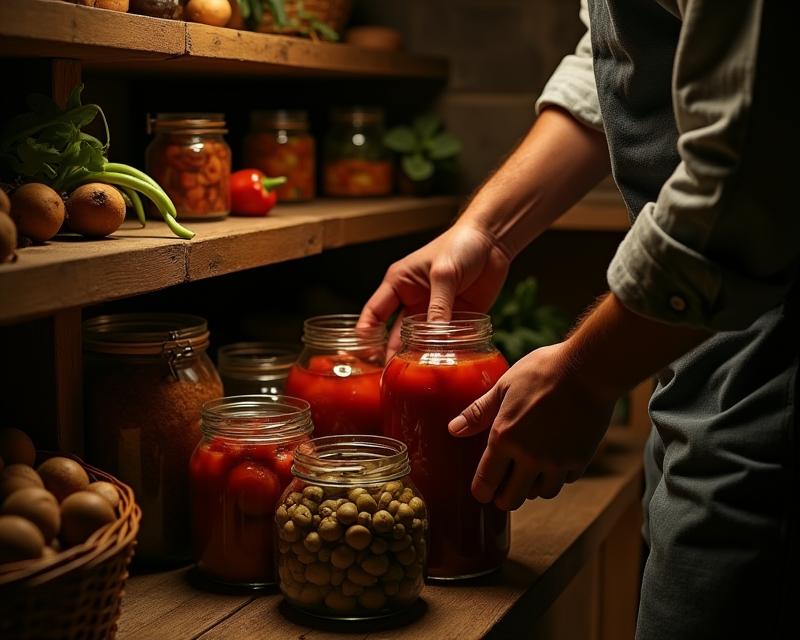Preserving Your Bounty: Vegetable Storage Tips
Publish in Crops el 05/07/2025 02:29
Preserving Your Bounty: Vegetable Storage Tips
Harvest time is a rewarding experience! Seeing the fruits (and vegetables!) of your labor is a huge accomplishment. But what do you do with all that abundance? Properly storing your harvested vegetables is key to enjoying them long after the season ends. Whether you're a seasoned farmer or a home gardener, understanding different storage methods can significantly reduce waste and maximize your harvest's value.

Root Cellars: A Traditional Approach
For many years, root cellars were the go-to solution for storing root vegetables like potatoes, carrots, beets, and turnips. A root cellar provides a cool, dark, and humid environment – ideal for keeping these crops fresh. The consistent temperature helps slow down respiration and prevent spoilage. Ideally, a root cellar should maintain a temperature between 32-40°F (0-4°C) and high humidity (85-95%). If you don't have a traditional root cellar, you can create a makeshift one in your basement or garage. Consider using insulated containers or creating a cool, dark space with good ventilation. Proper ventilation is crucial to prevent mold growth.
Refrigeration: Modern Storage
Refrigeration offers a convenient and accessible way to store many vegetables. Leafy greens, broccoli, cauliflower, and peppers all benefit from cold temperatures. However, it's important to note that refrigeration isn't suitable for all vegetables. Tomatoes, for example, lose flavor and texture when refrigerated. Store vegetables in the crisper drawers of your refrigerator, which are designed to maintain higher humidity levels. Wrapping vegetables loosely in plastic bags can help prevent them from drying out. Be sure to check your vegetables regularly and remove any that show signs of spoilage to prevent the spread of mold.
Drying: A Long-Term Preservation Method
Drying is an excellent way to preserve vegetables for long-term storage. This method removes moisture, inhibiting the growth of bacteria and mold. Vegetables like tomatoes, peppers, herbs, and beans are well-suited for drying. You can dry vegetables using a dehydrator, an oven on a very low setting, or even by air-drying them in a well-ventilated area. Properly dried vegetables should be stored in airtight containers in a cool, dark place. Consider experimenting with different drying techniques to find what works best for your crops. Dried vegetables are incredibly versatile and can be used in soups, stews, and other dishes throughout the year.
Tips for Successful Preservation
- Handle vegetables gently to avoid bruising.
- Sort through your harvest and remove any damaged or diseased produce before storing.
- Don't wash vegetables until just before use, as excess moisture can promote spoilage.
- Label and date your stored vegetables so you know what you have and when it was harvested.
- Rotate your stock, using older vegetables first.
By implementing these storage techniques, you can significantly extend the life of your harvest and enjoy the bounty of your labor throughout the year. Happy preserving!





